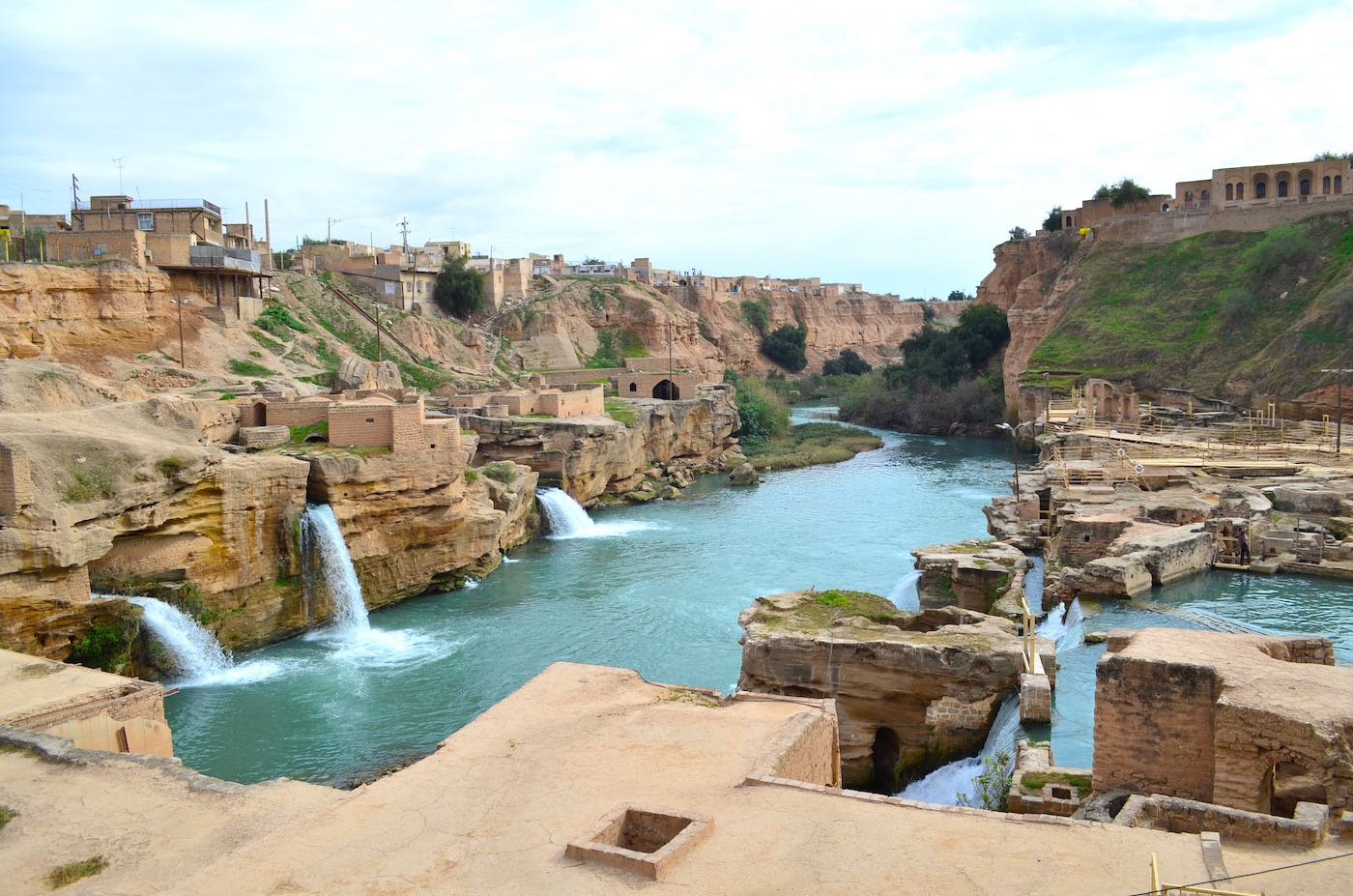The Shushtar Hydraulic System in the island city of Shushtar is a complex irrigation system that dates back to the time of the Achaemenid king Darius the Great in the 5th century BCE. Described by UNESCO “as a masterpiece of creative genius”, the Shushtar Hydraulic System involved the creation of a diversion canal on the river Karun to form a moat around the city, over which bridges and gates were built to keep away unwanted visitors. A system of subterranean channels called Ghanats connected the canals to the private reservoirs of houses, buildings and watermills. These tunnels supplied water for domestic use and irrigation, as well as to store and supply water during times of war when the main gates were closed. Although this complex system of irrigation degenerated during the 19th century, traces of the Ghanats can still be found in the crypts of some houses.
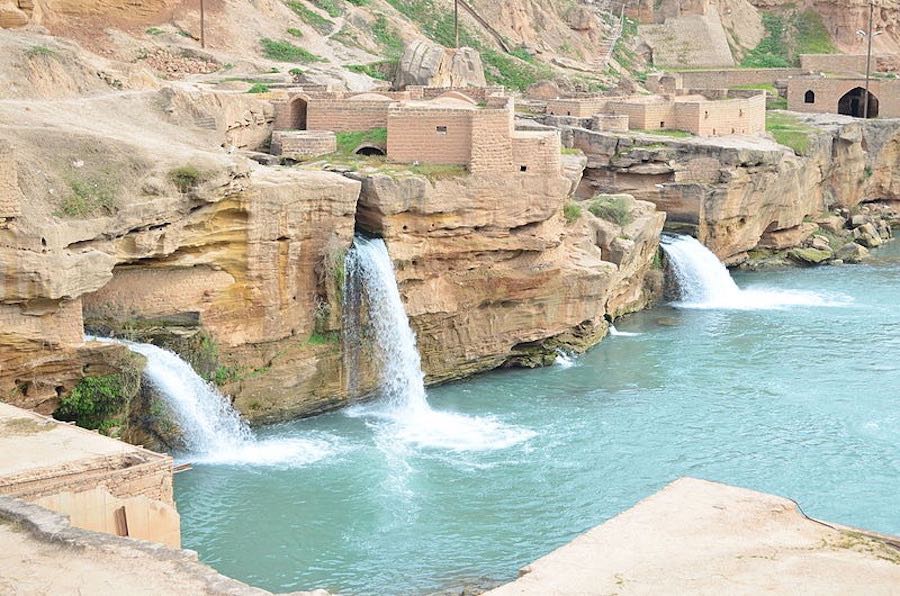
While the Shushtar water system has its roots in the Achaemenid times, much of its renovation and expansion was done in the 3rd century AD during the time of the Sassanids. The workers were Roman soldiers captured by the Sassanid ruler Shapur I following a battle with the Roman Emperor Valerian. Using the captured forces, the Sassanid ordered the building of a vast irrigation system consisting of a canal and two dams to control the water flow.
The Ab-i Gargar canal branches off the Karun and rejoins the main river 50 km downstream, creating an island called Mianâb or “Paradise”. Shushtar is located at its northern end while the rest was used for orchard plantations. The 500 meter long overflow dam located downstream over the Karun river is called Band-e Kaisar or “Caesar’s Dam”, and was the key structure of the system responsible for retaining and diverting river water into the irrigation canals in the area. Another smaller barrage, the Band-e Mizan, was erected upstream to control the flow of water into the Ab-i Gargar canal. According to various historical texts, the entire Shushtar hydraulic complex was built in as little as three to seven years.
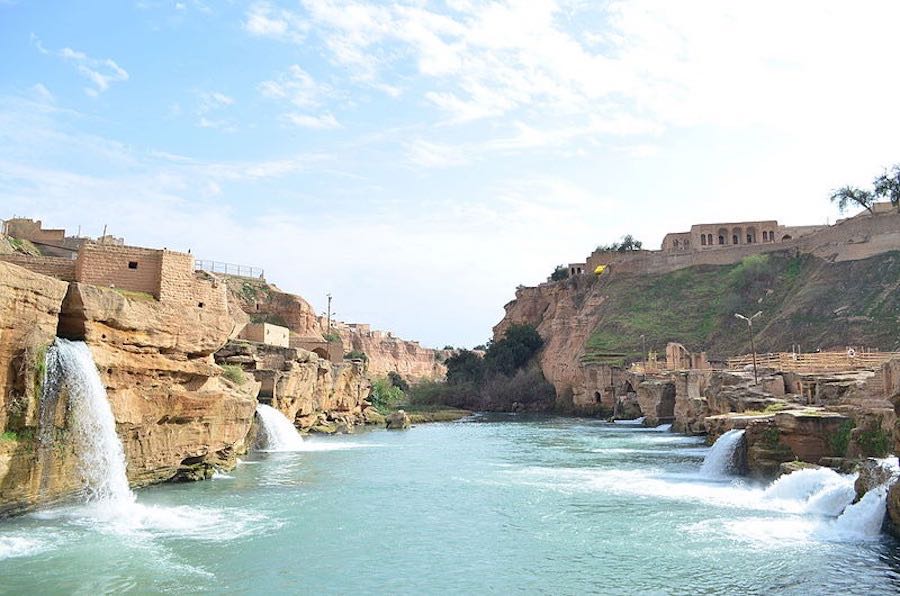
The most interesting and tourist worthy part of the system are the spectacular cliffs from which water cascades into a downstream basin. It then enters the plain situated south of the city where it has enabled the planting of orchards and farming over an area of 40,000 hectares. The hydraulic system has served the area for thousands of years and was still in use as recently as a few decades ago when it began to fall into disrepair and was eventually abandoned.
From our partners:
The blog Historical Iranian sites and people says that “there were approximately 40 watermills constructed in the general area of the water falls although many of them have been destroyed with the passing of time and lack of maintenance.” Nevertheless efforts have been made to make use of existing system. In 1933 on the northern side of the area, an electric company was founded and in 1955 on the west end, an ice factory was built.
“Today, the system has been replaced by several dams built in accordance with modern technological methods,” the blog writes.
“As with the old system, these have served the purpose of controlling the river and storing its waters for irrigation, as well as the production of electricity today.”

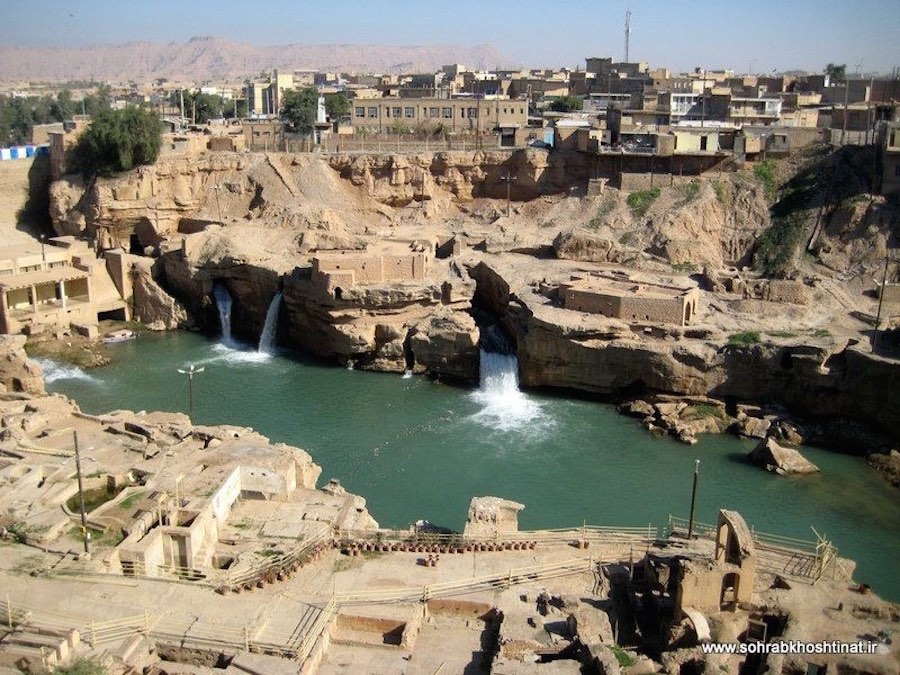
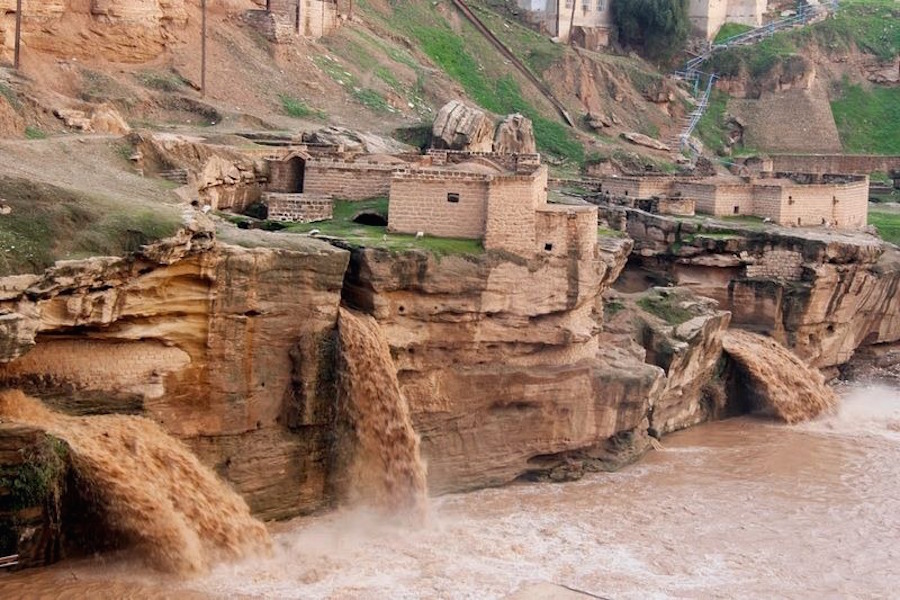
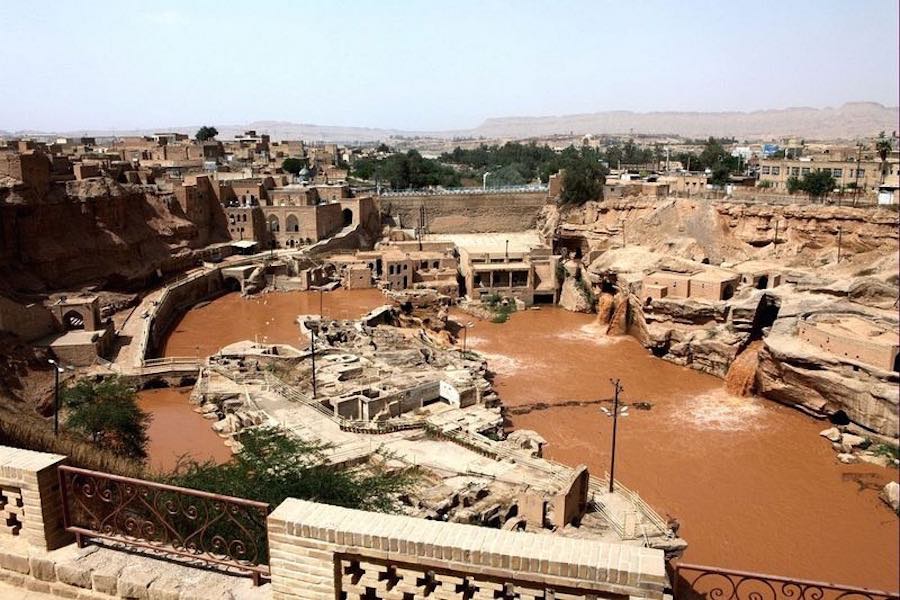
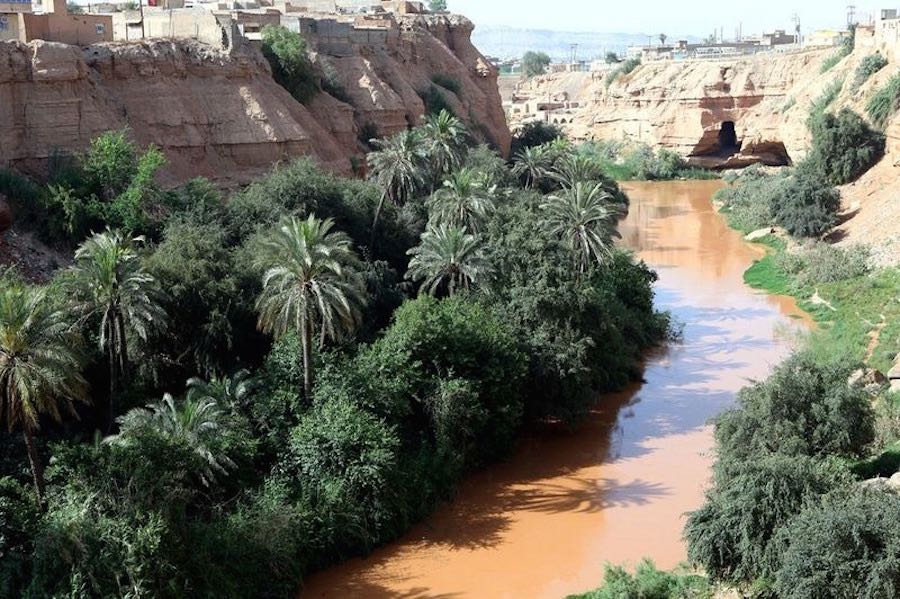

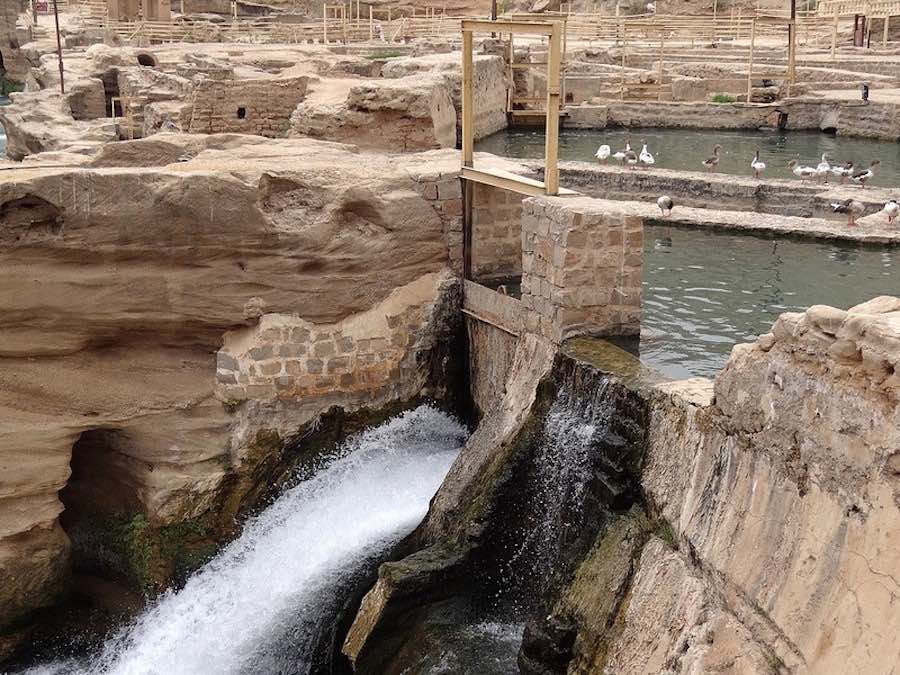
This feature originally appeared in Amusing Planet.






